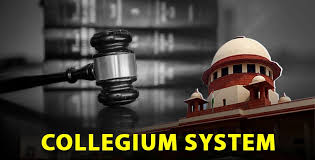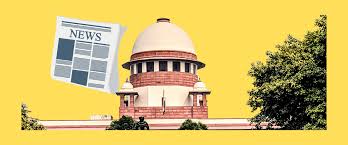South Dakota Constitution Article 8 - Education and School Lands.
South Dakota Constitution – Article 8: Education and School Lands
Summary:
Article 8 of the South Dakota Constitution outlines the state’s commitment to education and establishes rules for managing school lands and public education funding. It emphasizes the importance of a free, uniform, and quality public education system and safeguards lands set aside to support schools.
📚 Key Provisions of Article 8 – Education and School Lands:
Section 1 – Duty to Establish Free Public Schools:
The Legislature must establish and maintain a general and uniform system of free public schools.
The system must be open to all children in South Dakota and provide education without charge.
Section 2 – Support of Schools:
The income from the permanent school fund and other sources must be used exclusively for the support of public schools.
Section 3 – School Land Trust:
Lands granted by the federal government for schools form a permanent school fund.
These lands are held in trust by the state, and the proceeds from their sale or lease must be used to support public education.
Section 4 – Leasing of School Lands:
School lands may be leased but not sold, except as allowed by law.
The leasing must be done through public bidding to ensure fair market value.
Section 5 – Sale of School Lands:
Sale of school lands must be approved by a supermajority (two-thirds) vote in the Legislature and subject to conditions protecting public interest.
Section 6 – Investment of the Permanent Fund:
Funds derived from school lands or other sources must be safely invested, and the income must benefit public schools.
Section 7 – University and Special Schools:
The Constitution also provides for institutions such as:
The University of South Dakota
The School for the Deaf
The School for the Blind and Visually Impaired
Section 8 – No Sectarian Control or Influence:
Public funds or property cannot be used to benefit sectarian (religious) schools.
Ensures separation of church and state in public education.
🎯 Purpose and Impact:
Ensures equitable access to education across the state.
Protects and manages school lands to provide lasting financial support.
Promotes fiscal responsibility and nonsectarian values in public education.


















0 comments